The pilgrimage of the Virgen de la Cabeza is the oldest pilgrimage in Andalucia, almost the oldest in Spain
By Nick Nutter | Updated 10 Jul 2023 | Jaén | Events |
Login to add to YOUR Favourites or Read Later
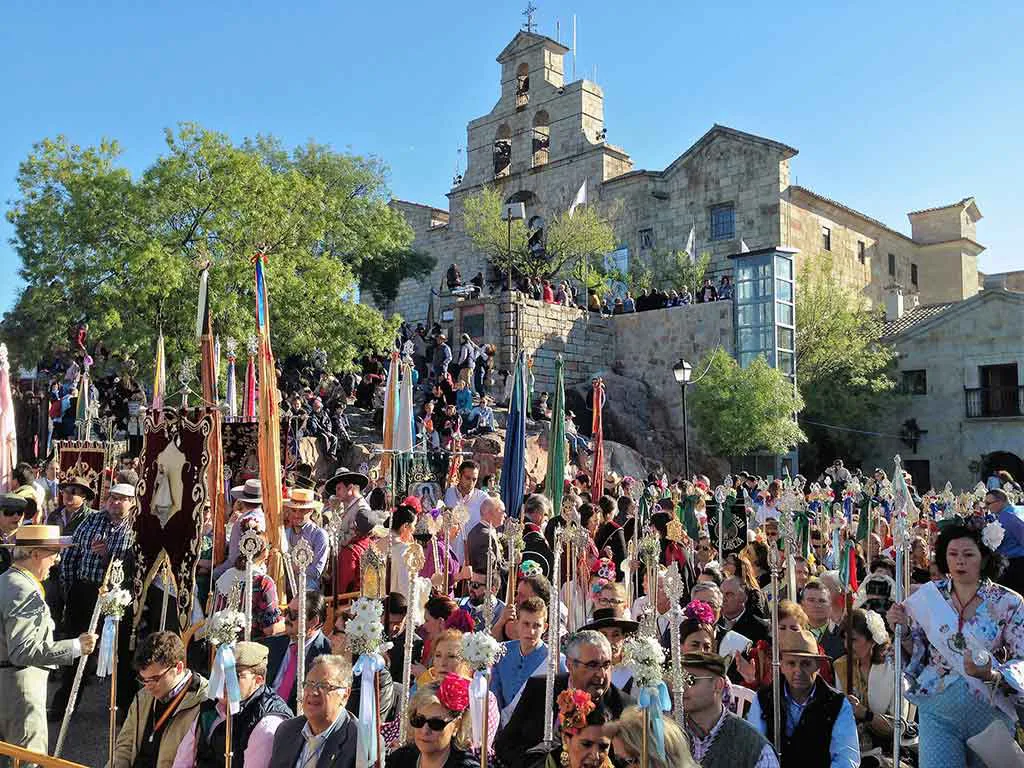
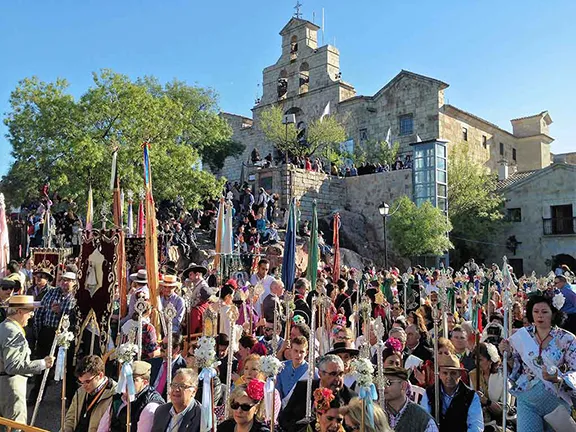
The pilgrimage of the Virgen de la Cabeza originated soon after the reconquest in the 15th century. The pilgrimage of the Virgen de la Cabeza is celebrated in the town of Andújar (Jaén) and on the Cerro de la Cabeza on the last Sunday in April.
In 2023 the Pilgrimage of the Virgen de la Cabeza takes place between Thursday 27th April and Monday 30th April 2023.
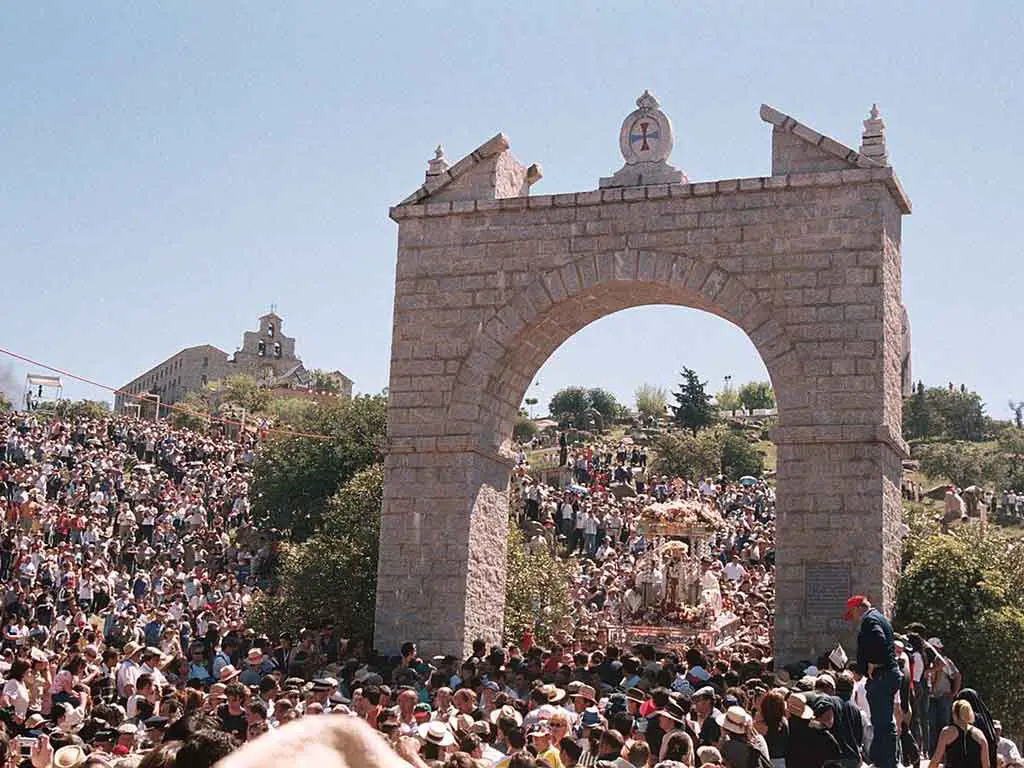
In 2013, the Junta de Andalucía registered the Pilgrimage of the Virgen de la Cabeza, in Andújar as an Asset of Cultural Interest. The word pilgrimage originates from the name given to pilgrims to Rome, romeria (rosemary), and this is the reason travellers consider it good luck to wear a sprig of this fragrant herb and why, in some parts of Andalucia, gypsy women will sell you the sprigs.
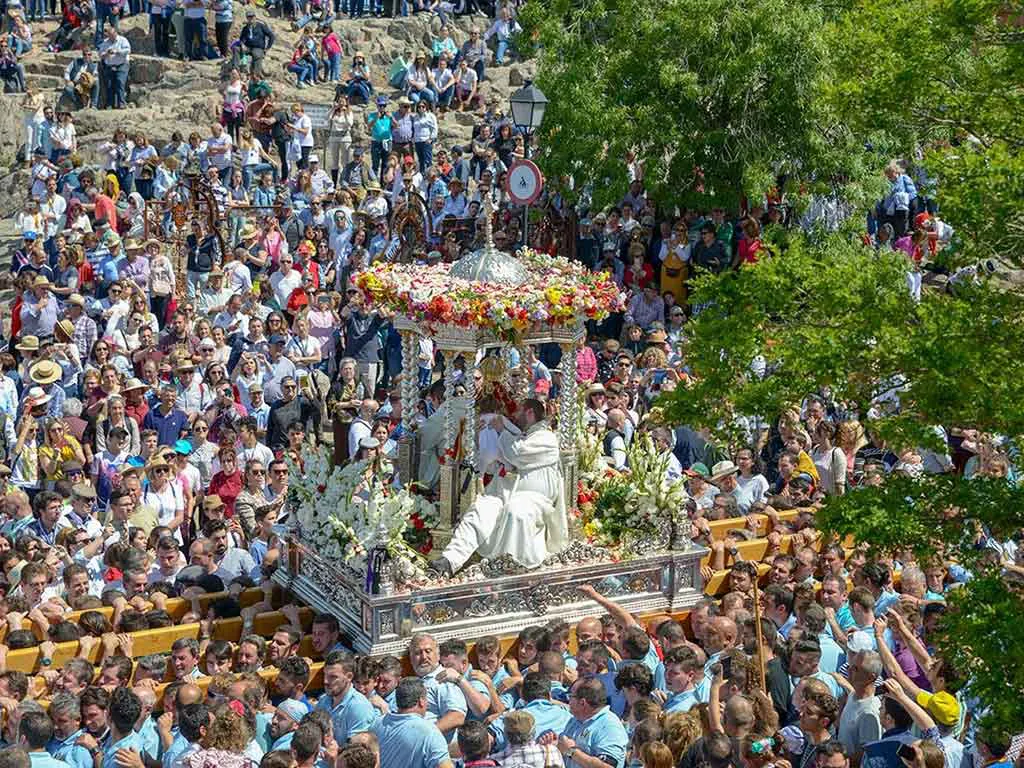
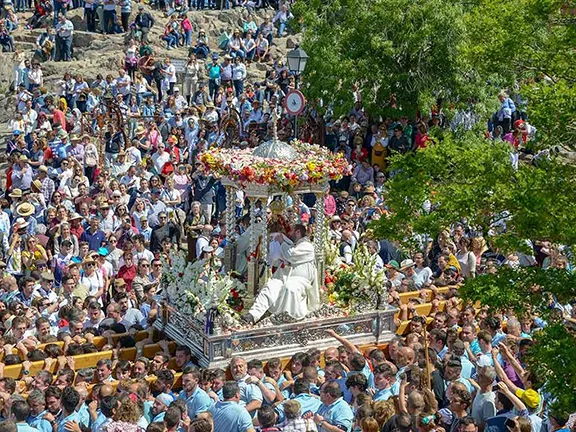
In the week preceding the pilgrimage, you will find a multitude of events occurring in Andújar, such as conferences, exhibitions, sevillanas contests, poster presentations, musical performances., and dancing. But the main event is the pilgrimage itself on the Saturday when the Virgen de la Cabeza is taken out of her church and on to the sanctuary, 24 kilometres away, on the Cerro de la Cabeza.
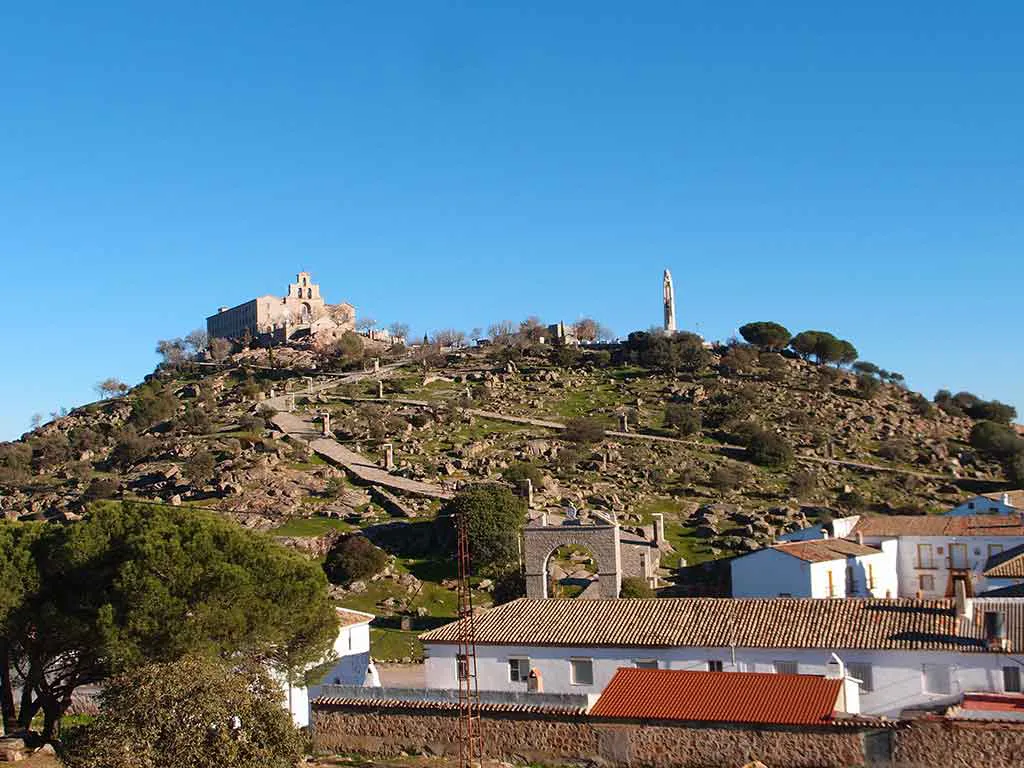

The procession is a huge, colourful affair with many of the pilgrims, male and female, mounted on horses. The trek takes all day, starting with fireworks at dawn, and ending at nightfall at the Sanctuary where an endless row of people enter the sanctuary to pay their respects. Outside a party lasts until dawn. Following a mass, the procession takes the Virgen back to her church.
There is a strict order to the procession. It is led by trumpeteers and drums, followed by a cross flanked by two candle bearers, the town brotherhoods follow with the Cofradía Matriz de Andújar (literally the mother brotherhood) bringing up the rear along with town notables such as the mayor, priests, the Rector of the Sanctuary and the Bishop. Behind are hundreds of towns people on horses and up to 200 decorated carts. Many people walk the route and the most devout make the last climb on hands and knees.
The pilgrimage of the Virgen de la Cabeza will leave you with a lasting memory of Andalucia.
For dates of the next Pilgrimage of the Virgen de la Cabeza, click here